Rising Parental Concerns for Child Safety
The advanced baby-monitors market is experiencing growth driven by increasing parental concerns regarding child safety. Parents are more vigilant than ever, seeking devices that provide real-time monitoring and alerts. This heightened awareness is reflected in market data, indicating that approximately 70% of parents prioritize safety features when selecting a baby monitor. The demand for advanced features such as video streaming, two-way audio, and motion detection is on the rise. As parents become more informed about potential risks, they are likely to invest in high-quality monitoring solutions, thereby propelling the advanced baby-monitors market forward. This trend suggests that manufacturers must focus on enhancing safety features to meet consumer expectations and maintain competitiveness in the market.
Increased Focus on User-Friendly Interfaces
User experience is becoming a critical factor in the advanced baby-monitors market. As technology becomes more complex, consumers are seeking devices that are easy to operate and navigate. The demand for intuitive interfaces and seamless setup processes is on the rise, with Market Research Future indicating that 75% of parents prefer monitors that offer straightforward usability. This trend suggests that manufacturers must prioritize user-friendly designs to attract a broader customer base. By simplifying the user experience, companies can enhance customer satisfaction and loyalty, which is essential for sustained growth in the advanced baby-monitors market.
Growing Demand for Remote Monitoring Solutions
The advanced baby-monitors market is witnessing a surge in demand for remote monitoring solutions. With the rise of mobile applications and cloud connectivity, parents can now monitor their infants from virtually anywhere. This convenience is particularly appealing to working parents who require peace of mind while away from home. Data suggests that nearly 60% of parents utilize mobile apps in conjunction with their baby monitors, indicating a strong preference for remote access features. As the trend towards remote monitoring continues, manufacturers are likely to enhance their product offerings to include more robust connectivity options, further driving growth in the advanced baby-monitors market.
Technological Advancements in Monitoring Devices
Technological innovations are significantly influencing the advanced baby-monitors market. The integration of artificial intelligence (AI) and machine learning capabilities into baby monitors is becoming increasingly common. These technologies enable features such as sleep tracking, breathing monitoring, and even predictive analytics to alert parents of potential issues. Market analysis indicates that the segment of smart baby monitors is projected to grow by over 25% annually, reflecting a strong consumer preference for tech-savvy solutions. As technology continues to evolve, manufacturers are likely to invest in research and development to create more sophisticated products, thereby enhancing the overall appeal of the advanced baby-monitors market.
Expansion of E-Commerce Platforms for Baby Products
The advanced baby-monitors market is benefiting from the expansion of e-commerce platforms. Online shopping has become increasingly popular among parents, providing them with access to a wider range of products and competitive pricing. Recent data indicates that online sales of baby products, including advanced baby monitors, have increased by 40% over the past year. This shift towards digital purchasing is likely to continue, as parents appreciate the convenience and variety offered by e-commerce. Consequently, manufacturers and retailers must adapt their strategies to optimize online presence and marketing efforts, ensuring they capture the growing segment of consumers in the advanced baby-monitors market.


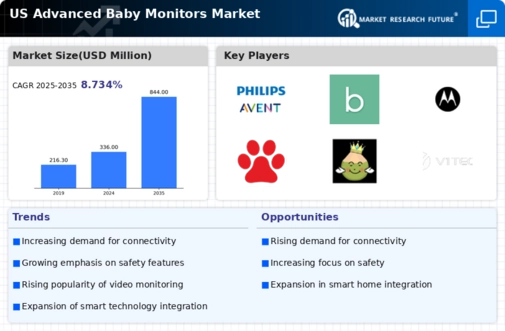
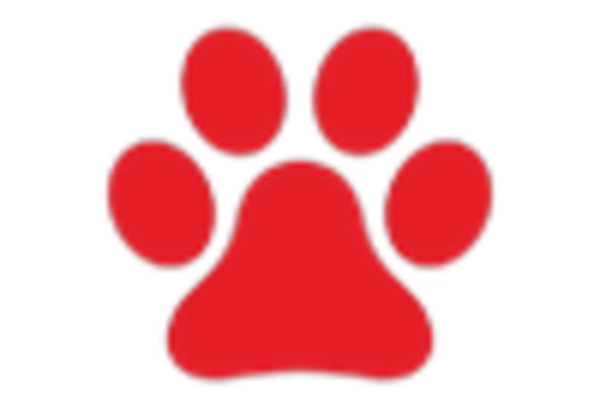

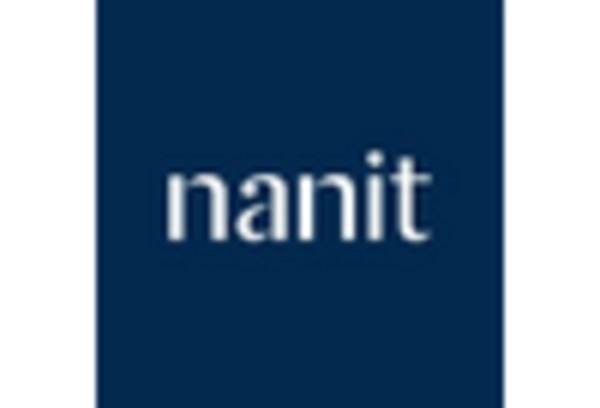
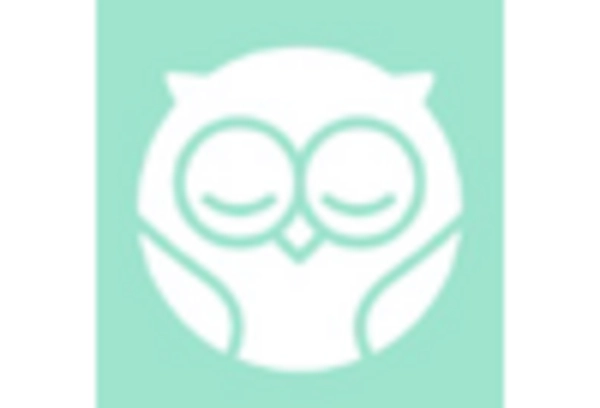

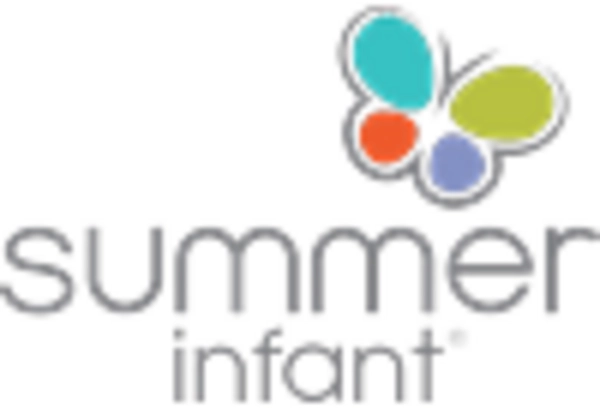








Leave a Comment